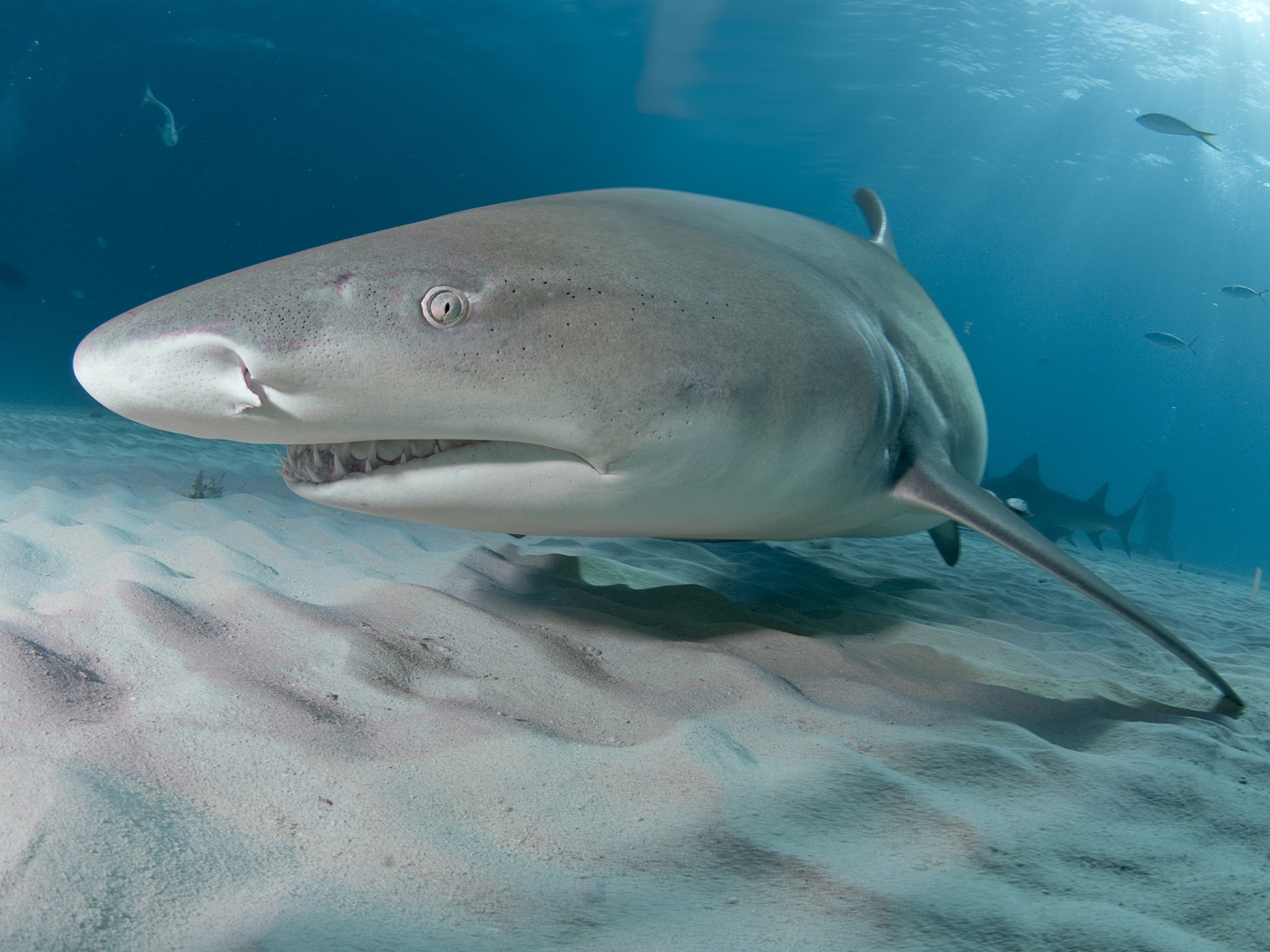For life to have evolved from non-life, atoms and molecules would have had to move from a state of lower to greater organization and self-assemble into precise arrangements. But the second law of thermodynamics demonstrates that without intelligent outside influence, molecules are always in the process of breaking down.
A new technical paper on this fundamental law of nature completely undermines a naturalistic origins perspective. And this explains why the paper, after first having been approved, was withdrawn from publication.
The second law is a description of nature's universal tendency to lose orderliness over time. It describes how heat flows toward cooler areas so that temperature evens out, as well as how particles tend to distance themselves from one another, always decreasing in structured arrangement if left alone.
In a paper titled "A second look at the second law," math professor Granville Sewell of the University of Texas, El Paso showed that notions of nature alone building the complex structures of DNA are as unlikely as nature building a computer.1 Either event would violate the second law.
After the paper was accepted for publication in Applied Mathematics Letters, an anti-design blogger wrote to the editor, warning that the journal's reputation would be tarnished if the paper was printed. So, the journal's editor withdrew it.2 Sewell, who has authored at least 39 other technical papers,3 then took legal action. Since the journal's own policy states that withdrawing a reviewed and accepted paper "can only occur under exceptional circumstances" such as plagiarism or fraudulent data,4 and since Sewell's article does not contain any known errors or technical problems, he was given an apology as well as permission to post the pre-publication version of his paper on his university faculty web page…although Applied Mathematics Letters still has no plans to publish it.2
The editor's fear of printing the paper is perhaps not surprising, considering the virulent opposition exercised by many evolutionists when their scientific beliefs are academically challenged.5 And as the rejected paper indicates, since the second law states that the orderliness present in matter or energy always tends to decrease, it negates evolution's historical perspective of a massive order increase from hydrogen to humans. However, informed Darwinists argue that order can increase in one place (e.g., on earth) as long as there is a compensating decrease in order elsewhere.
But Sewell's paper shows in succinct mathematical formulae that this argument has no merit. The increase in order in one place would have to be directly linked to a decrease in another place, and such a link remains to be established.6 He wrote:
The fact that order is disappearing in the next room does not make it any easier for computers to appear in our room…unless this order is disappearing into our room, and then only if it is a type of order that makes the appearance of computers not extremely improbable, for example, computers.1
In other words, the probability is overwhelming that the atoms that comprise computers (and, by the same logic, DNA) naturally diffuse rather than assemble…let alone assemble into such information-rich patterns. The key formula, which is an expression of the rate of entropic change, is contained in standard thermodynamics texts, but its implications are seldom discussed. The upshot is that the only way to get a computer into a room is not by transferring material or energy, like light photons, from one room to another, but by someone building a computer and putting it there.
Similarly, the way to arrive at DNA is not to transfer sunlight's energy onto earth's chemicals, but for someone to build DNA and place it in living creatures on the planet. And that scenario may sound familiar to those who have read Exodus 20:11. "For in six days the LORD made heaven and earth, the sea, and all that in them is."
References
- Sewell, G. 2011. A second look at the second law. Applied Mathematics Letters. Article in press.
- A more thorough description of these events can be found in West, J. G. Journal Apologizes and Pays $10,000 After Censoring Article. Evolution News and Views. Posted on evolutionnews.org June 7, 2011, accessed June 9, 2011.
- Sewell's publications are listed on his Curriculum Vitae, available at his University of Texas, El Paso faculty web page.
- Elsevier Policy on Article Withdrawal. Posted on elsevier.com, accessed June 17, 2011.
- For further examples of such opposition in the academic world, see Stein, B. 2008. Expelled: No Intelligence Allowed. DVD. Directed by Nathan Frankowski. Premise Media Corporation, L.P.; and Bergman, J. 2008. Slaughter of the Dissidents: The Shocking Truth about killing the Careers of Darwin Doubters. Southworth, WA: Leafcutter Press.
- Sewell refutes the notion that the second law can be circumvented as long as the order increase/decrease occurs in an open system. In an online lecture video explaining his "second law" paper, Sewell said, "Suppose you and your wife go for a vacation, leaving a dog, a cat and a parakeet loose in the house (I put the animals there to cause the entropy to increase more rapidly, otherwise you might have to take a much longer vacation to see the same effect). When you come back you will not be surprised to see chaos in the house. But tell her some scientists say, 'but if you leave the door open while on vacation, your house becomes an open system, and the second law does not apply to open systems…you may find everything in better condition than when you left.' I'll bet she will say, 'if a maid enters through the door and cleans the house, maybe, but if all that enters is sunlight, wind and other animals, probably not.'" Sewell, G. A second look at the second law. Online video. Posted on math.utep.edu, accessed June 9, 2011.
* Mr. Thomas is Science Writer at the Institute for Creation Research.
Article posted on June 20, 2011.













